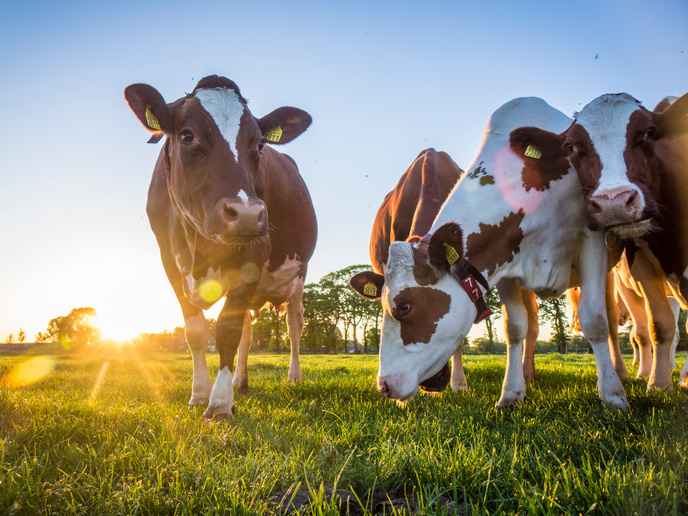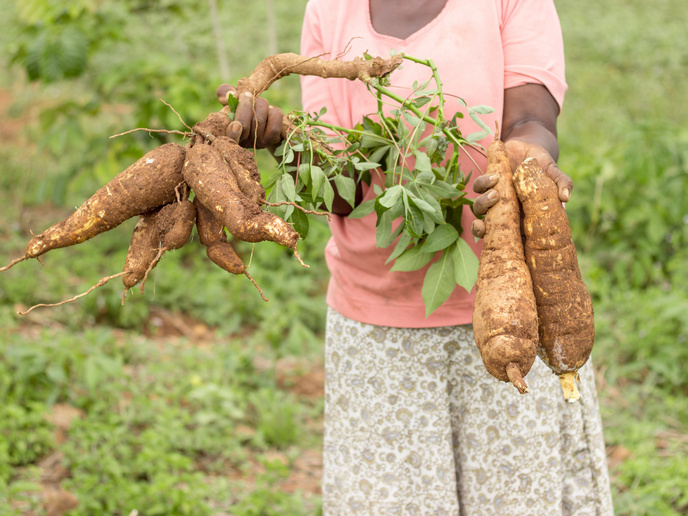Satellite navigation delivers herbicide-free weed control
While agriculture delivers essential food and raw materials, the environmental impact remains unacceptably high. This has led to concerted efforts to make the sector more sustainable. “In every aspect of agriculture, controlling weeds is a major issue,” notes Esther López, GALIRUMI(opens in new window) project coordinator from ACORDE Technologies(opens in new window) in Spain. “However, weed control with herbicides is bad for the environment, while manual weed control involves back-breaking work and high labour costs.” The EU-funded GALIRUMI project sought to develop an innovative new weeding method that overcomes both of these drawbacks. The project’s solution was to apply robotics to deliver herbicide-free weed control in dairy farming, particular targeting the broadleaved dock weed. “Robotic weeding not only eliminates herbicide use, but also reduces the exposure of farm workers to herbicides,” says López. “This approach can also contribute towards the growth of organic farming.”
Using precise satellite navigation
The project team began by examining a number of innovative technologies in weed detection, weed degradation and autonomous vehicles. All this was based on precise navigation provided by the European Global Navigation Satellite System(opens in new window) (EGNSS). Investigated technologies included computer vision for weed detection, as well as laser and electric weeding systems. The project consortium involved experts in weed science and dairy research, as well as tech specialists. “We involved end users from the very beginning,” notes López. “They provided us with specific requirements and operational scenarios, which helped in the design and development of robotic systems.” The finalised robots feature EGNSS modules with dual antenna set-up, weed detection camera systems and a central computing unit. The dual EGNSS antenna provides accurate directional information to the robot navigation module. An economic viability assessment of the robotic weeding solution was also conducted.
Autonomous weeding demonstrations
The prototype robots were then tested on dairy farms, targeting the broadleaved dock weed. Two types of weeding robot units were developed – one for laser weeding, and the second for weeding by electrocution. “We were able to demonstrate how the robot follows a predefined path through the field,” explains López. “When a specific weed is detected, the robot is able to deviate and navigate towards the coordinates of the detected plant.” The robot then stops on top of the weed, and activates the laser or electrocution function. When weeding is finished, the robot returns to the predefined path, and looks for additional plants.
Helping farmers in weeding tasks
López believes that the laser robot is closer to commercialisation. The weeding unit is independent of the vehicle itself, and the vehicle is light enough not to damage the grass along the navigation path. Further work will be needed to bring the electric weeding machine to market. “We are still identifying some business-related aspects, and trying to better understand the economic concerns of farmers and future users,” adds López. “However, we were able to demonstrate that an autonomous weeding robot, supported by EGNSS, can indeed help farmers in their weeding tasks.” In this way, López believes that the project can make an important contribution to organic production, removing the need for herbicides and hand labour, and contributing overall to protecting the environment.







